Has the top job at trusts really got tougher? And what sort of people do we need to lead a rapidly changing NHS? There was plenty of disagreement over the topic of chief executives at a roundtable to mark the release of the most recent HSJ100
Early last autumn, HSJ published research that showed more than a third of England’s hospital chief executives had been in post for less than a year, and nearly half for just two years.
‘Now you are rightly expected to talk to all your staff and the public - and are you on Twitter, are you blogging?’
Equally worrying in the context of the post-Francis landscape, this research also highlighted that 11 per cent of trusts had no substantive chief executive in post, and that there was a clear relationship between turnover at senior leadership level and trusts being placed in special measures by regulators, Monitor or the NHS Trust Development Authority.
- Regulators rule… but is that OK? – the first HSJ100 roundtable
- The full HSJ100 2013 list
- HSJ’s Top Chief Executives 2014
It was with this in mind that HSJ last month convened a high-level roundtable debate, in association with consultancy KPMG and recruitment company Harvey Nash - the second of two roundtables linked to the HSJ100 (the first was on regulating the NHS).
The aim was to address, and debate, why there appears to be such a high turnover at chief executive level within the NHS, and what this says about the modern health service and the intensity of the pressures management teams are under.
More widely, in an increasingly integrated and collaborative management environment - but also one which is increasingly regulated and scrutinised – what sorts of skills do NHS leaders require to survive and thrive?
Participants
- Mark Britnell, chair and partner, KPMG Global Health Practice
- Miranda Carter, executive director of assessment, Monitor
- Fiona Dalton, chief executive, University Hospital Southampton Foundation Trust
- Karen Lynas, deputy managing director, NHS Leadership Academy
- Frank McKenna, managing director, healthcare, Harvey Nash
- Alastair McLellan, editor, HSJ (chair)
- Dame Gill Morgan, chair, Foundation Trust Network
- Stephen Richards, GP and former chief executive of Oxfordshire Clinical Commissioning Group
- Sir Mike Richards, chief inspector of hospitals, Care Quality Commission
- Dean Royles, chief executive, NHS Employers
- Steve Shrubb, chief executive, West London Mental Health Trust
- Jane Tomkinson, chief executive, Liverpool Heart and Chest Hospital Foundation Trust
- Rob Webster, chief executive, NHS Confederation
HSJ editor and roundtable chair Alastair McLellan opened proceedings by asking participants to outline what they felt the role of the modern-day NHS chief executive was, how this had changed and how they felt it might change in the future.
One of the worrying things about the HSJ research was how, in that environment, NHS leaders could ever be expected to drive through and embed transformative change, argued Mark Britnell, partner at KPMG.
“Over the last 25 years the role [of chief executive] has been substantially transformed, so much so that our leaders are expected to lead ‘health systems’ – words that did not exist 25 years ago,” he pointed out. Stakeholders demanding a slice of the chief executive now encompassed not just the professions, but patients, the press, politicians and the public, or the five “Ps” as Mr Britnell described them.
“I think the skills required to manage those five Ps are greater than in any other industrial sector I’m aware of. Having worked now in 60 countries, I believe the pressures placed on NHS leaders are greater than in any other system I’ve seen,” Mr Britnell said.
Transparency demands
One of the biggest changes has been the level of transparency now expected of chief executives, argued Fiona Dalton, chief executive of University Hospital Southampton Foundation Trust.
“Even five years ago, definitely 10 years ago, I think you could get away with being a chief exec who talked to your top team and then they communicated on down and you had protection,” she said.
‘What’s changed I think is the personal cost to the chief executive – a sense that you don’t switch off any more’
“Now, you are expected to and you should, rightly, talk to all your staff and talk to the public - and are you on Twitter, are you blogging, are you doing this, that and the other? But also the expectation from the public is that they will know everything. They will absolutely want to know how many staff are on shift on every ward, what your infection rates are etc, etc - and not just when something went wrong but when something nearly went wrong.
“How you manage that, in an environment also of increased demand and reduced effective funding, that’s really challenging. And the technological world is just going to ramp that up I think over the next five years,” she added.
‘Manager leader’
There had been an evolution in the chief executive role, from largely being an administrator to being a “manager leader”, said Dean Royles, chief executive of NHS Employers. “You’ve got to be able to articulate the vision, and be seen to do that, but also have an absolute grip on the detail, given the sorts of levels of questions you’ll get,” he said.
‘As a chief executive you can’t afford not to understand what your customers and staff are thinking on a very regular basis’
Yet as well as churn at the top, it had to be recognised there were many NHS chief executives who had been in post long term, often 10 years or more, he pointed out. Moreover, it would be wrong automatically to assume turnover equalled a lack of skill or experience.
“People move around the organisation, or around the NHS as an organisation. So you don’t just get that they are chief executives for two years and are gone and have disappeared forever; it’s often that people are moving through. So they may be in an ambulance trust, then a district general hospital, then move on to a bigger teaching hospital,” Mr Royles said.
Jane Tomkinson, chief executive at Liverpool Heart and Chest Hospital Foundation Trust, was just six months into the role when the roundtable took place. She conceded that she had rapidly had to re-evaluate some of her expectations about the job.
“I think I spend my time in four ways: with regulators, with stakeholders, with patients and with staff. So you are going from that very macro regulatory level right down to speaking to patients on a daily basis, to understand how they think and feel. As a chief executive you can’t afford not to understand what your customers and staff are thinking on a very regular basis, and juggling those four is pretty difficult,” she said.
Personal toll
The potential personal toll of a top or chief executive role – often carried out at a geographical distance from home and family support networks – was increasingly an issue in the recruitment context, highlighted Frank McKenna, managing director, healthcare at Harvey Nash.
“What’s changed I think is the personal cost to the chief executive; a sense that you don’t switch off any more – the electronic media, BlackBerry – or the sense that you’re constantly at the beck and call of the organisation, the fear of the 12-hour trolley wait, all of these sorts of things.
“The political air cover seems to be thinner; the tolerance for poor performance seems to be much less in existence than it used to be. I think there is a cadre of people who are going to be very happy, surprisingly, being COO or being a finance director or a director of nursing, without wanting to put their head in a vacancy that might be a noose, actually,” he said.
‘Patient expectation is significantly greater and that places a demand on leaders, whether they’re in commissioning or not’
The value of continuity was something that needed to be better quantified within the NHS, argued Dr Stephen Richards, GP and former chief executive of Oxfordshire Clinical Commissioning Group.
As someone involved in commissioning for the past 15 years, he had in his time seen multiple reconfigurations and been through perhaps five or six different chief executives.
“And that does not help as we face the major financial challenges, operational challenges, quality challenges that we’ve got on the table in front of us,” he warned.
Alastair McLellan pointed out that Steve Shrubb, chief executive of West London Mental Health Trust, had returned to a frontline role some 18 months ago, after six years in a national role (as director of the Mental Health Network at the NHS Confederation). What, in his view, had changed?
Fragmented system
Overall, the system was now much more fragmented than it once had been, argued Mr Shrubb. “I notice now that my focus is much more on working with partners to make the system work. Health systems have always been complex, but manoeuvring around is much more difficult. Reaching a consensus across the health system is far more complex.
“Patient expectation, quite rightly in my view, is significantly greater and that places a demand on leaders, whether they’re in commissioning or not. The other thing is about staff engagement. So we know, don’t we, that one of the biggest issues about improving outcomes is how informed and engaged your staff are,” he added.
‘What I’m being asked is very, very similar to what I was being asked five or 10 years ago’
Being an effective chief executive was therefore about having the right skills base to manage all those competing pressures, along with resilience and, just as importantly, a good team behind you, he suggested.
The role of NHS chief executive had always been challenging, argued Miranda Carter, executive director of assessment at Monitor. “But… at the moment we have a perfect storm of, rightly, increasing patient expectations, increasing transparency, and a very challenging financial situation, which means there needs to be very significant change.
“Chief executives are going to have to preside over and manage quite significant change; it will require a lot more collaboration and shared vision and bringing people within a system with them,” she added.
Nothing new
But Karen Lynas, deputy managing director at the NHS Leadership Academy, opened her contribution by asserting that she disagreed with a lot of what had been said so far. Yes, the pressures were intense, but it was wrong to argue this was somehow new or different, she contended.
“What I’m being asked is very, very similar to what I was being asked five or 10 years ago. For provider organisations the same pressures exist: people don’t have enough money; the activity is higher than it was; they don’t get to do proper line management; they can’t afford to not know what people are thinking.
“I think, tragically, it is too easy to be a chief executive today in exactly the same way as you would have been a chief executive five years ago.
‘We all know, for many years, clinicians fought off the legitimate interest of the board and chief executives about the quality agenda. That can no longer happen’
The person whose call you are answering at 5pm on a Friday, which at the moment happens to be Monitor - five years ago it just would have been someone else.”
To that end, it was little surprise those doing the job well tended to be those who had been around a long time, she said. The danger was the priority became simply managing through the pressure, keeping things rolling along rather than driving through substantive change or improvement. Or, as Ms Lynas put it: “Keep tomorrow as close as possible to today as you can and you will get through the day.”
This sense that not much, in reality, had changed was picked up by Dame Gill Morgan, chair of the Foundation Trust Network. She said that, some 20 years ago - when she had been president of the International Hospital Federation - there had been intense debate about the enormous pressures being placed on chief executives and lack of support.
Clinical quality
Nevertheless, one key and positive change was the “legitimacy” of the chief executive nowadays to be genuinely interested in clinical quality.
“We all know, for many years in many organisations, clinicians fought off the legitimate interest of the board and chief executives about the quality agenda. That can no longer happen, and that has to be right because quality has to be at the heart of what the board and chief executive do and work on,” Dame Gill pointed out.
Yet, while not new, support and mentoring was still an issue that needed to be addressed, she conceded.
‘Until recently, the idea of support for chief executives has not been on the agenda’
“One of the challenges for chief executives, particularly when you are coming into an organisation that has trouble, is you are appointed and you are going to be the knight in shining armour. Everybody says: ‘It’s all right, Joe Smith is coming.’ Joe Smith, or often Joanne Smith these days, walks in and the day after Joanne Smith is the problem.
“What I’m interested about is why, when we know that, are we still not putting in the right sort of support and mentorship to help people make that type of transition?” Dame Gill added.
“I think the most obvious thing, which others have said, is that being a chief executive is a very, very difficult and challenging task,” agreed Sir Mike Richards, chief inspector of hospitals at the Care Quality Commission.
“Until really quite recently, the idea of support for chief executives has not been there on the agenda. Beating them up, yes, performance managing them, yes, but the idea you might get a better result by supporting them hasn’t been there. But I think it is creeping in,” he added.
System leadership
For NHS Confederation chief executive Rob Webster, the biggest change had been the recognition that NHS leaders were not just leading an organisation but a system.
“Every conversation I had as a chief executive in the last year or two was about a system issue, which had a symptom in my organisation or an organisational cause. Over probably the last five or six years of my NHS career as a chief executive I was working very hard with colleagues to understand how we led as peers in the system,” he said.
‘A leader will do the courageous and right thing – not the easy thing – and take staff with them’
Alastair McLellan then moved the debate on to trying to build a picture of what a ‘good’ trust chief executive would, and should, look like over the next five to 10 years, particularly looking to the trust chief executives in the room – Steve Shrubb, Fiona Dalton and Jane Tomkinson – for insights.
“It looks like a leader who actually understands the range of things you can do to build an engaged, informed, valued workforce,” said Mr Shrubb.
“That leads on to leaders who are able to use that to facilitate a really engaging system vision; not just a vision for their doctors and nurses but one with their partners. My job as a leader is not to do it all, but to create the conditions for my staff and my partners and my patients to do the best they can.
“The final thing is, for me as a rather gobby leader, I’m learning that promoting a ‘superior’ model – never saying ‘I got it wrong’, never reflecting with my team that we could have done something else – is… yesterday’s leadership style,” he added.
“I think the modern chief executive appropriate for the sort of organisation I lead needs business skills and people skills and absolute balance. But really underpinned with very strong values,” agreed Ms Tomkinson.
“So it is a leader who will do the courageous and right thing, not the easy thing, but takes staff with them,” she added.
“For me it is about getting good credibility,” said Ms Dalton who, like Ms Tomkinson, was only appointed recently – in September last year – to her chief executive role.
Winning trust
“Particularly as a new chief exec you have to get some trust really quickly, with the regulators, with your staff and with partners and the public. They have to trust you enough to create the space so then you can do some creative things. And how you get that trust really quickly – that’s really difficult.
“I think that does come about by being authentic and them believing that you are authentic and that you are care about patients - and then being absolutely transparent about what you can deliver and what you can’t deliver,” she added.
‘“I have to weld together what you call soft skills and we call business skills, and chief execs of the past got that balance wrong’
Those, suggested Mr McLellan, were primarily what might be termed “soft” skills. So what about the hard, technical skills that would allow a chief executive to challenge, say, his or her finance or nursing director?
“I think I was taking those as read. I think you absolutely have to be able to do those too,” Ms Dalton said.
“You need top-drawer business skills in the modern NHS, just to get through the complexities of regulation, performance management and delivery,” agreed Ms Tomkinson. “If you are not rounded in… business skills, actually the rest of it is pretty difficult to deliver.”
“You need both,” said Mr Shrubb. “I have to weld together what you call soft skills and we call business skills, and I think the chief execs of the past – of which I was one – got that balance wrong. We tended to sway towards the business skills without welding or integrating them to… soft skills.
“I think the failures – those who don’t make it – whether they stay in the same job for 10 years or not, will be those that aren’t assisted to weld those two sets of skills together,” he concluded.





















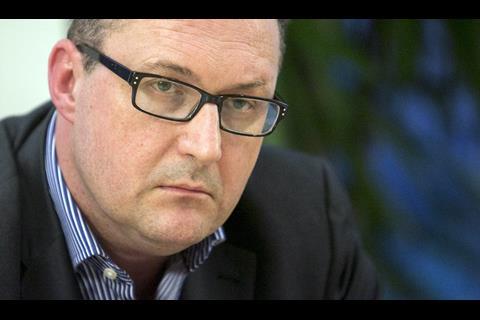



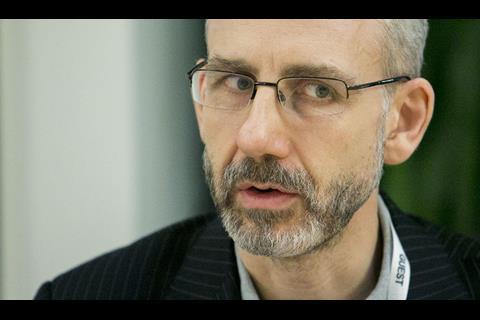


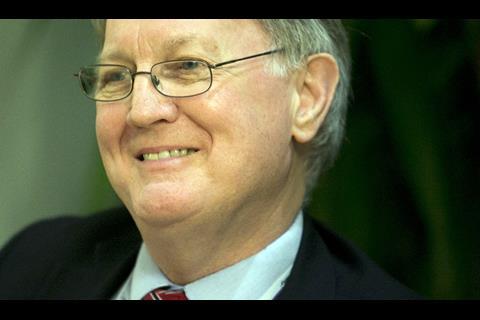
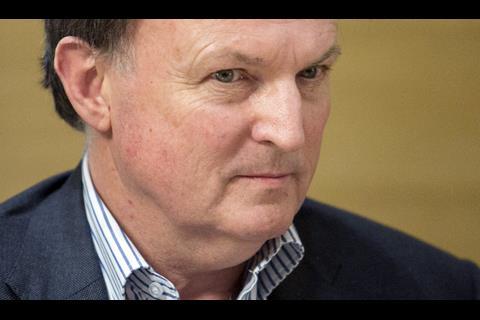
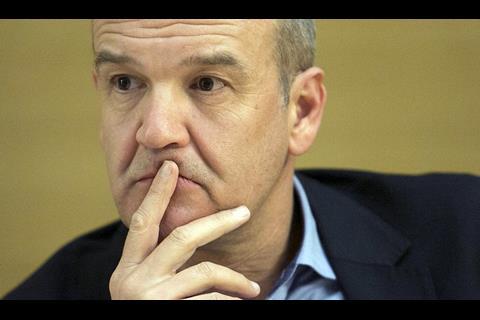

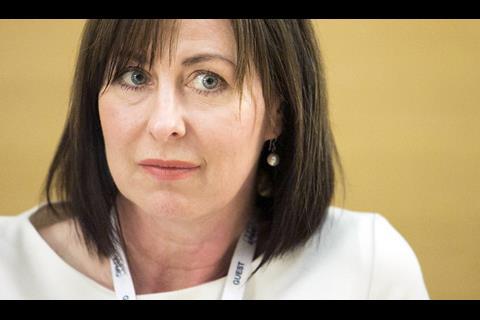
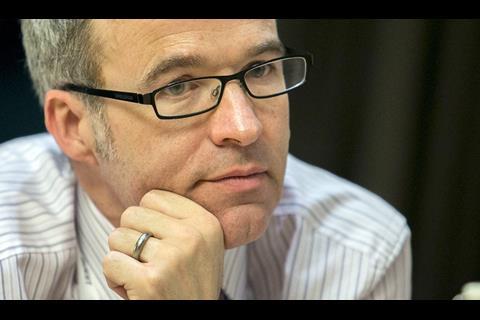






1 Readers' comment